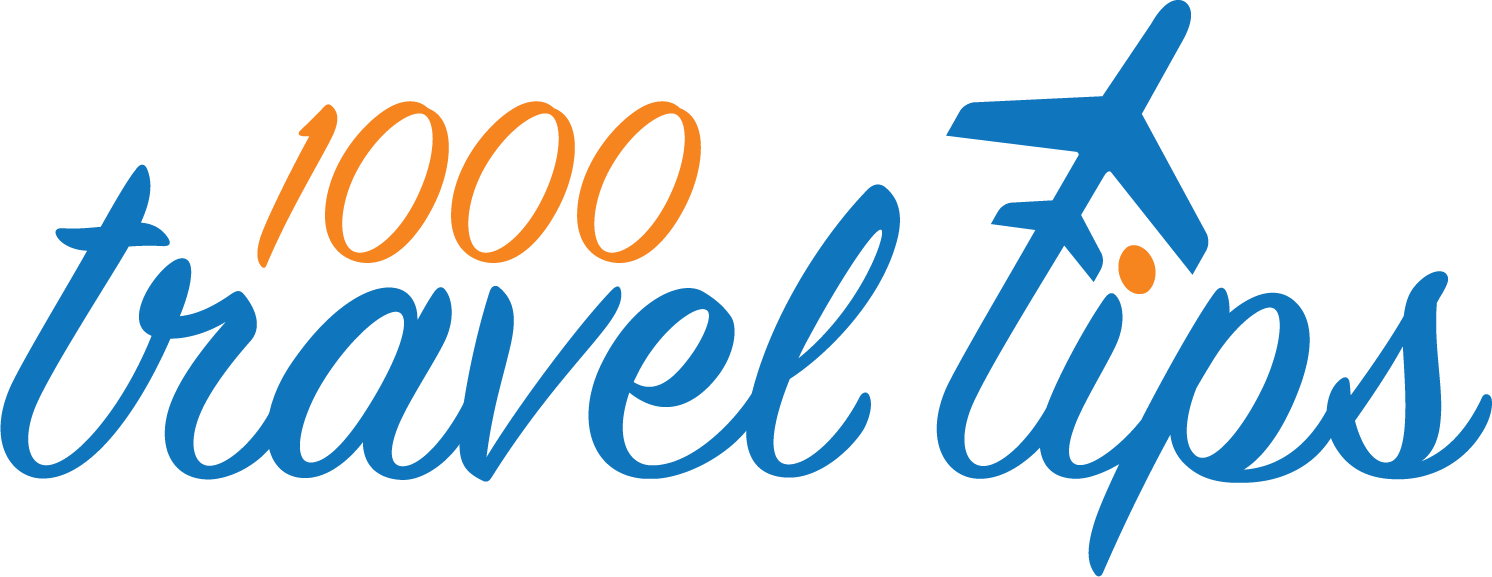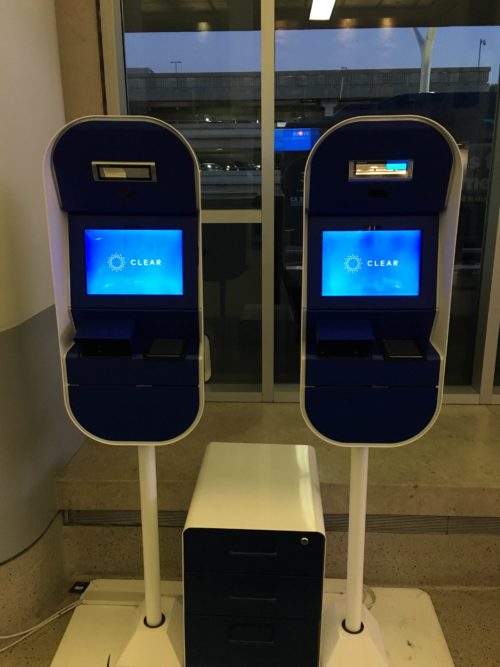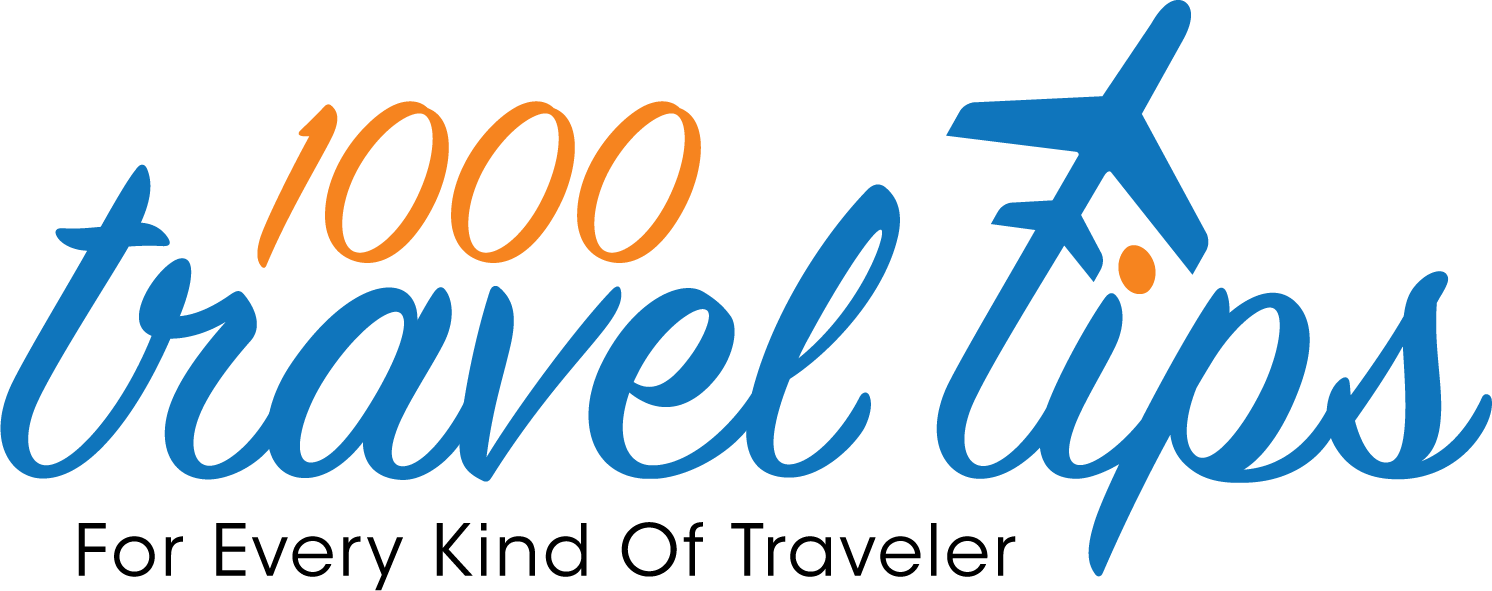Of course, miles were never really the point–just a convenient representative of the price travelers paid for the plane tickets. Once technology advanced and airlines had strong, working computer systems that could track customer spending, mileage-based programs were already the industry standard–and were for decades.
A New Era in Travel Rewards
Airlines have considered revenue-based loyalty programs for years, but it didn’t become a reality until less than a decade ago.
In July 2007, Virgin America launched Elevate, a loyalty program the first of its kind. Program members earned five points per dollar spent on airfare, making it completely revenue based. When redeemed at market prices, each point had a value of about $.02. Other airlines took note. In late 2009, JetBlue switched its TrueBlue program to a revenue-based plan. Shortly after, Southwest changed its Rapid Rewards program to reward customers per amount spent in 2010.
Full-service carriers didn’t act so quickly. Delta switched to a spend-based loyalty program as recently as 2015, followed shortly after by United, leaving American as the only one of the Big Three legacy carriers to continue with a mileage based program.
In the second half of 2016, American will finally convert its AAdvantage program to a spend-based scheme. This means that all of the largest U.S. carriers, except for Alaskan Airlines, will reward customer loyalty in terms of each dollar they spend on airfare, rather than how many miles they travel. All members of the affected programs will notice a change. For those who travel infrequently–which are the majority of members–this change is bad news.
The New Game and How to Play It
Mileage-based programs were one of the most successful marketing tools ever created. They gained popularity because of the possibility of gaining outsized value from them. For example, a 25,000-mile coach-class reward ticket could be used to book a ticket normally costing $200 or $2,000. Customers get .8 cents in value for each redeemed mile with the cheaper ticket. With the more expensive ticket, though, customers are getting a full 8 cents per mile. Smart travelers knew to save their miles for pricier flights, of course.
In spend-based schemes, the value of miles are typically set–maximizing their value beyond the set limits is forestalled. For example, in Southwest’s Rapid Rewards program, members earn 6 points per $1 spent on Wanna Get Away tickets (Southwest’s most popular and cheapest fare option). When redeemed for Wanna Get Away tickets, points are worth about 1.4 cents each.
Delta’s SkyMiles program rewards members with miles according to how much they spend on tickets, but award ticket prices change according to supply and demand. Delta has not clarified this pricing logic but they seem to value miles at about 1 cent each.
The only ones will see actual rewards from these programs are elite members who earn higher multiples than base members and business travelers, who are typically the only ones purchasing the more expensive tickets. Infrequent fliers and leisure travelers who opt for the cheaper coach ticket will be disappointed by the lack of tangible rewards.
So how can the average traveler make the most of programs that are increasingly targeted to reward only the airlines’ top flyers? Should travelers now forgo mileage-earning and simply shop for the cheapest tickets?
Frequent Flyers and Infrequent Flyers
For a lot of travelers, today’s rewards programs are at best a distraction and at worst an empty promise. Rewards are overpriced and it’s nearly impossible to earn them anyway. For the average traveler, it will take years to accumulate enough miles to earn an award trip. With this as the goal, travelers who blindly book with a single airline for every trip will likely end up overpaying by hundreds of dollars instead of shopping around for cheaper flights on other airlines.
This same idea rings true for elite status and its perks. The new minimum-spend requirements to reach elite status mean the elite perks come at a high cost. For example, entry-level status in United’s MileagePlus program is $3,000.
With these new loyalty programs, average travelers are better off focusing on price, schedule, and in-flight amenities and letting the frequent-flyer chips stack up wherever they may. In the long run, they’ll spend less money and get to their destination quicker and more conveniently.
Big Spenders and Not-So-Big Spenders
There is the option to earn travel rewards through credit-card spending, too. Many offer sign-up bonuses as high as 100,000+ miles, and routine category bonuses such as 3 miles per every $1 spent on groceries or gas. These credit cards are quickly becoming the ideal way to earn airline rewards. But are they really worth it? A critical assessment of the real value of credit-card miles illustrates that cards delivering a steady 2% cash rebate, such as the Fidelity Visa card and the Citi Double Cash card, offer customers a better value.
Airline miles continue to decrease in value, making no-gimmick cash rewards even more appealing.
For travelers who still chose travel rewards, the best option is a credit card that earns convertible points, rather than a card tied to a single airline or hotel program. The Starwood Preferred Guest card has been a standout in this category for years, awarding points that may be transferred to 27 airline programs, including Aeroplan, Alaska, American, British Airways, Delta, Hawaiian, and United. Starwood’s pending merger with Marriott makes this Starwood card’s future uncertain, though.
But what about the enticing sign-up bonuses? While there is a strong argument for getting a large amount of miles at once, this shouldn’t be confused with an ongoing loyalty strategy.
In any case, the days of serially acquiring and cancelling credit cards, in order to earn multiple generous sign-up bonuses—are winding down, as card issuers increasingly limit re-applications.
What About Those Old Miles?
You finally have a lot of miles earned from when acquiring them was simple and cashing them in could be a potentially high-value proposition. What now?
As has been the case since the start of travel-loyalty programs, the value of those miles is continually under pressure and ever-decreasing. That decline won’t level off or reverse in the foreseeable future, either.
Your miles are more valuable today than they will be next month or next year, so the smart move is to redeem them sooner rather than later. Collecting miles for that once-in-a-lifetime vacation is a dream, not a reality.
More from SmarterTravel:
- 10 Ways to Speed Through Airport Security
- 10 Scariest Airports in the World
- 10 Things You Should Never Pack in Your Checked Bag
Tim Winship, SmarterTravel.com | March 2, 2016










